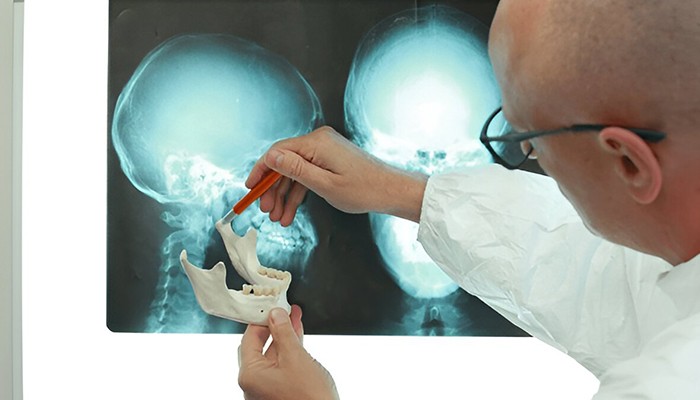The Hidden Side of Exocad: 6 Ways to Maximize Its Power
Exocad is undoubtedly one of the most powerful design software tools out there.
Dentistry has reached an advanced level today in terms of preventing and treating dental problems. However, maintaining oral and dental health is not solely dependent on oral hygiene. For healthy teeth and an aesthetic smile, the functionality of the jaw also plays a crucial role. This is where gnathology comes into play—a specialized branch of dentistry that examines jaw movements and functions, diagnosing and treating disorders of the temporomandibular joint (TMJ) and the masticatory system (Ash & Ramfjord, 2012).

The temporomandibular joint (TMJ) is a critical structure that enables lower jaw movements and plays an essential role in fundamental functions such as chewing, speaking, and swallowing. TMJ connects the mandible (jawbone) with the temporal bone, forming a dynamic and complex joint. Functional disorders of this joint (TMJ disorders - TMD) can lead to severe symptoms over time (Okeson, 2019), including:

Gnathological disorders include pathologies related to the temporomandibular joint and masticatory muscles. Several factors can contribute to the development of these disorders, including malocclusion (misalignment of teeth), bruxism (teeth grinding and clenching), jaw trauma, and stress-related muscle tension (Tanaka et al., 2008).
The primary symptoms of gnathological disorders include:

Various clinical and radiological methods are used to diagnose gnathological disorders. Among these, axiography and condylography are techniques used to analyze jaw movements in detail. Additionally, panoramic radiography, computed tomography (CT), and magnetic resonance imaging (MRI) play a crucial role in evaluating joint structures. MRI, in particular, provides detailed information on the position and structural abnormalities of the joint disc, making it essential in treatment planning (Katzberg, 1993).

The treatment of gnathological disorders requires a multidisciplinary approach. Treatment methods include:
In severe cases, surgical intervention may be necessary (de Leeuw & Klasser, 2018).

Gnathology is a specialized discipline that examines the healthy functioning of the jaw and masticatory system, providing valuable insights into the treatment of temporomandibular joint disorders. Advances in this field help improve patients' quality of life and lead to the development of more effective treatment methods for TMJ disorders. Early diagnosis and appropriate treatment are crucial in maintaining jaw health and preventing potential problems.